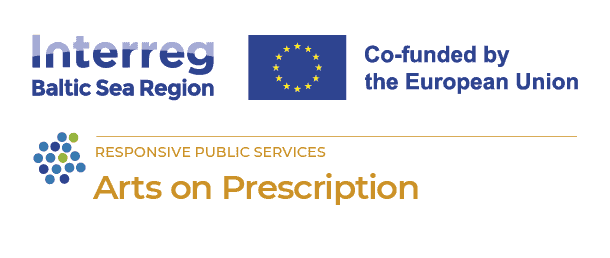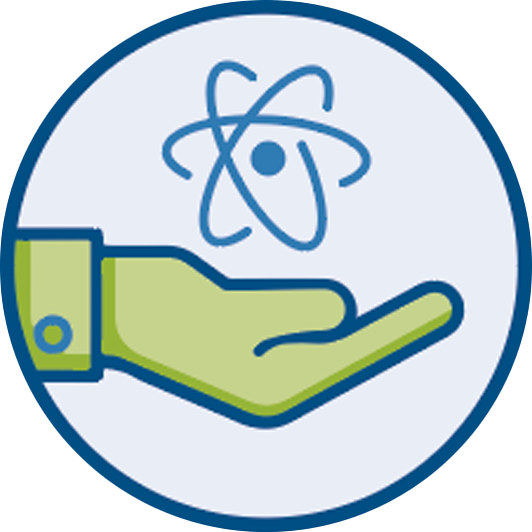
Social and Arts Prescriptions Take Centre Stage at EHFG 2025
20 October 2025
What If Your Next Prescription Wasn’t a Pill? Exploring Social, Green, and Arts Prescriptions for Health at #EHFG2025
What if your next prescription wasn’t a pill — but a painting class, a community garden, or a walking group?
That was the question at the heart of the #EHFG2025 session “Social, green, and arts prescriptions for health”, organised by the #ArtsOnPrescription project partner, the Northern Dimension Partnership in Public Health and Social Well-being (NDPHS), in collaboration with EuroHealthNet. The session brought together policymakers, researchers, and practitioners to explore how non-medical, community-based approaches such as Social Prescribing (SP) and Arts on Prescription (AoP) can enhance well-being, reduce loneliness, and alleviate pressure on healthcare systems.
Session Opening: Arts on Prescription Project Animation
The session opened with an inspiring animation introducing the Arts on Prescription approach, co-funded by the Interreg Baltic Sea Region (BSR) programme. The short film illustrated how creative, community-based activities — from painting and music to movement — can play a vital role in supporting mental health, fostering inclusion, and reconnecting people with their communities.
The Arts on Prescription project aims to scale up such innovative practices across the Baltic Sea Region, highlighting the arts as a powerful tool for prevention, recovery, and social connection.
Key Takeaways
Health is shaped by more than medicine
Social determinants account for most health outcomes. Social Prescribing bridges the health system with people’s daily lives, offering a person-centred, holistic approach that empowers individuals and strengthens communities.
Creativity heals
Arts-based activities like painting, music, or dance can reduce stress, build social connections, and unlock creative potential — especially for those facing isolation or mental health challenges.
Collaboration is key
Legal frameworks and funding provide a foundation, but sustainable impact requires cooperation between health, social, cultural, and community sectors. Involving both providers and participants ensures programmes are responsive and long-lasting.
Local context matters
There is no one-size-fits-all model. Successful programmes are tailored to local needs, resources, and cultural contexts.
Evidence drives policy
While qualitative benefits are clear, more robust quantitative data is needed to influence decision-making. Evaluation and data collection are crucial to demonstrate cost-effectiveness and long-term value.
Link workers make it work
Trained link workers are the backbone of SP and AoP programmes. They build trust, provide continuity, and help participants stay engaged — creating safe, inclusive spaces for healing and growth.
Speakers:
-
Sónia Dias, Director and Professor, National School of Public Health, NOVA University Lisbon
-
Neringa Grigutyte, Mental Health Advisor, Ministry of Health, Lithuania
-
Richard Filz, Musician, Lecturer, Composer, Author, RhythmOne
-
Stine Keiding, Programme Manager, Cultural Region Funen, Lead Partner of Arts on Prescription in the Baltic Sea Region
-
Ülla-Karin Nurm, Director, Northern Dimension Partnership in Public Health and Social Well-being
Moderator:
-
Alison Maassen, Programme Manager, EuroHealthNet
Towards a More Connected, Person-Centred Health System
The session underscored the growing momentum across Europe to integrate social, green, and arts-based approaches into mainstream health strategies. By connecting people to meaningful activities and supportive communities, these models contribute to more resilient, inclusive, and sustainable health systems.
Watch the full discussion here:
—–
The session has been co-funded by the European Union through the Interreg Baltic Sea Region Programme 2021-2027.





